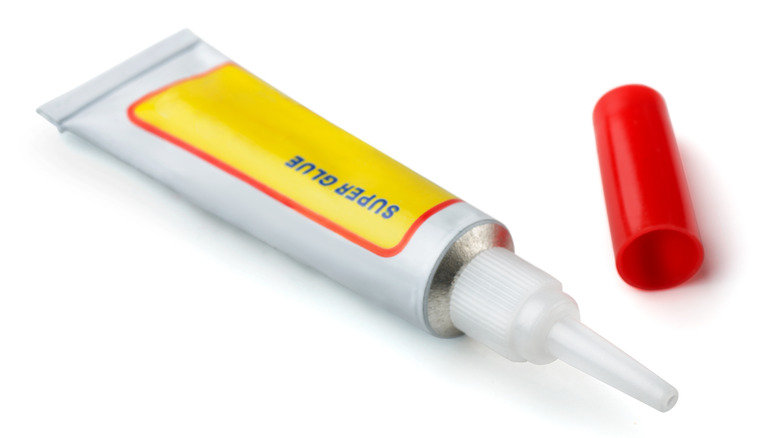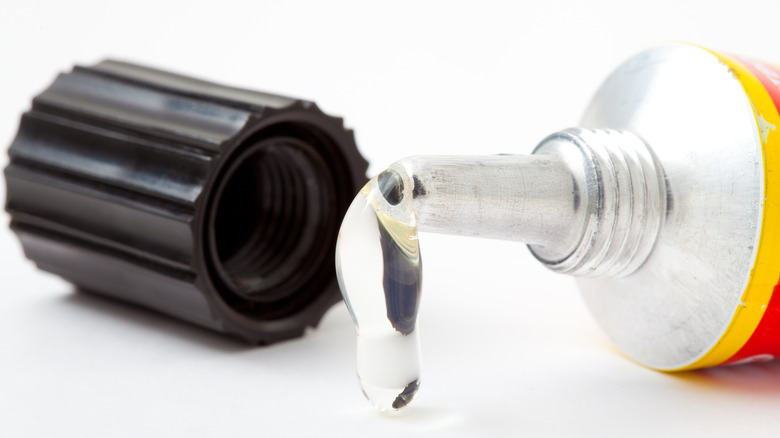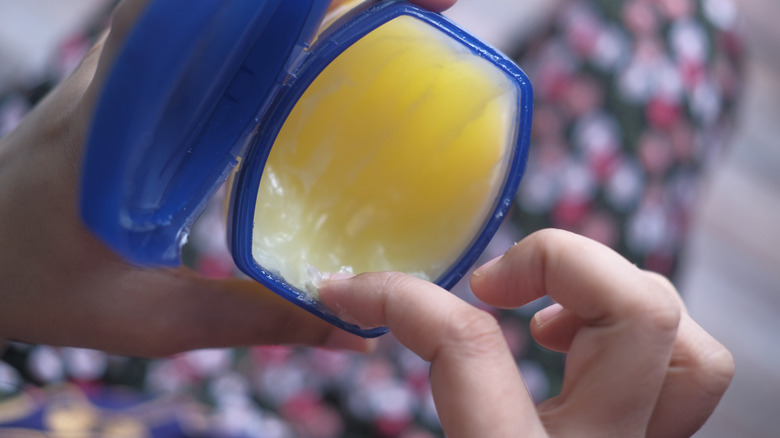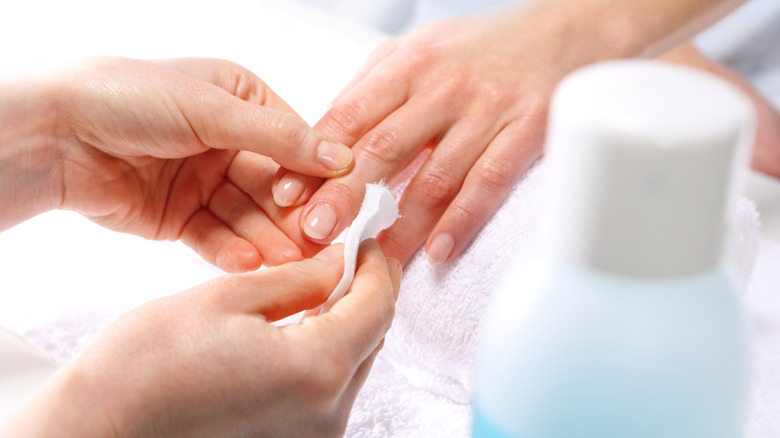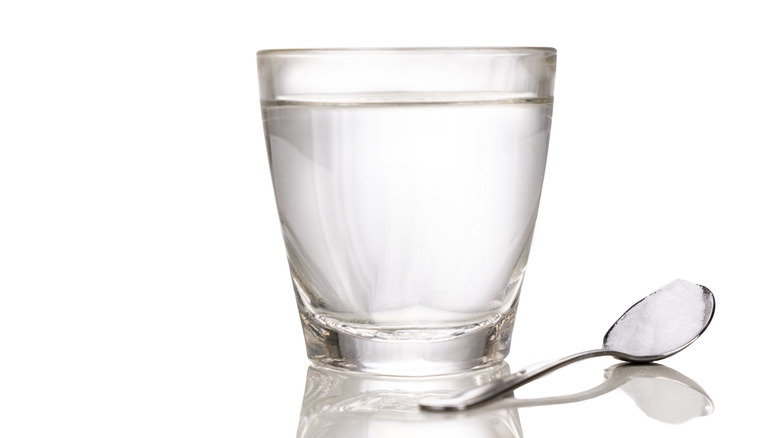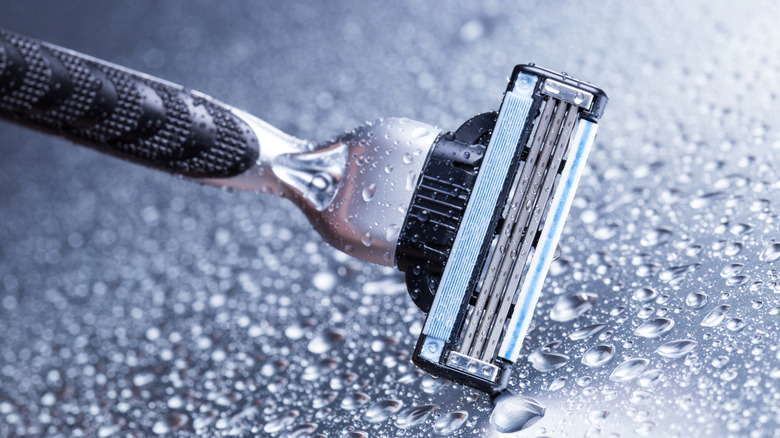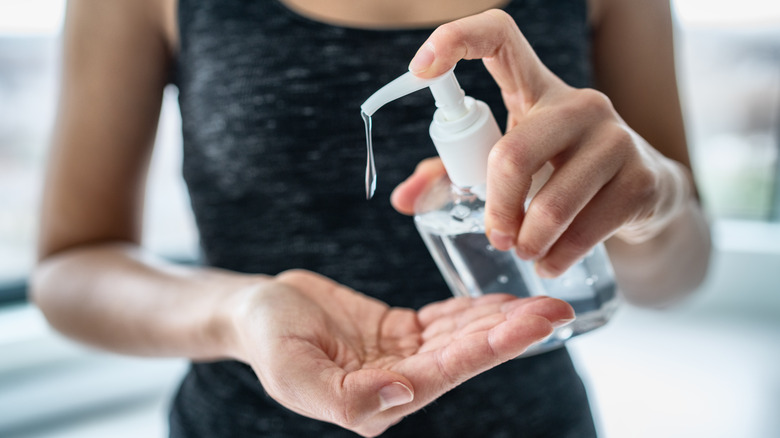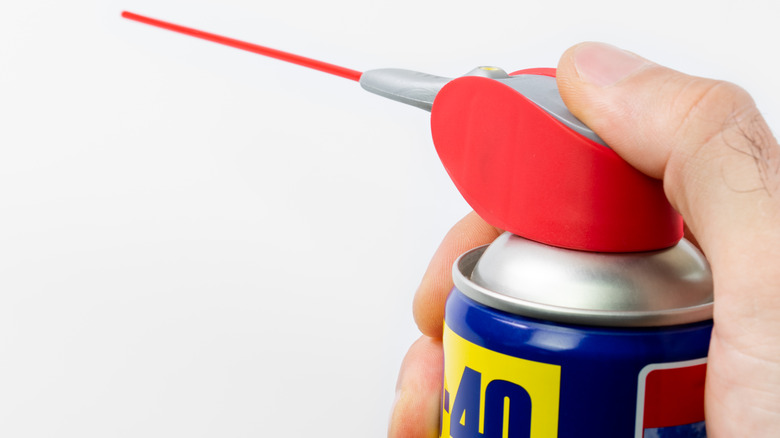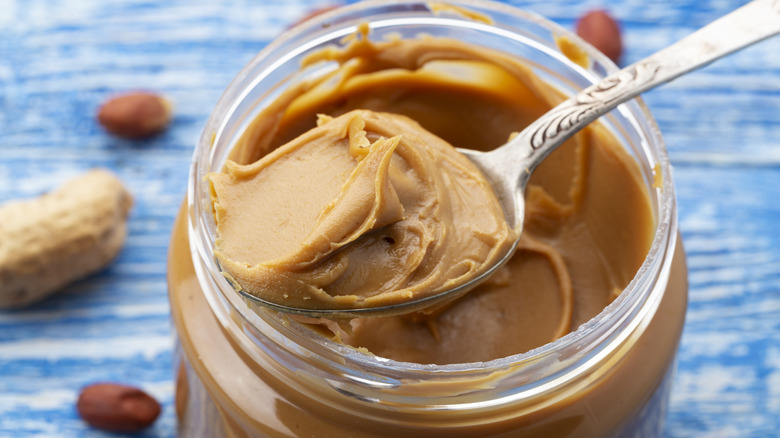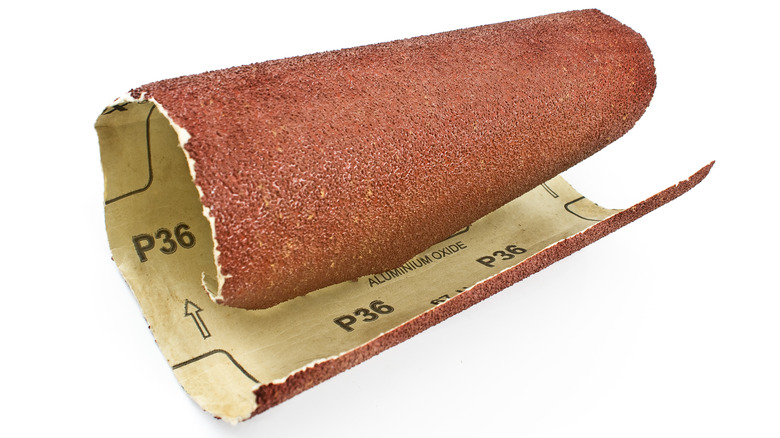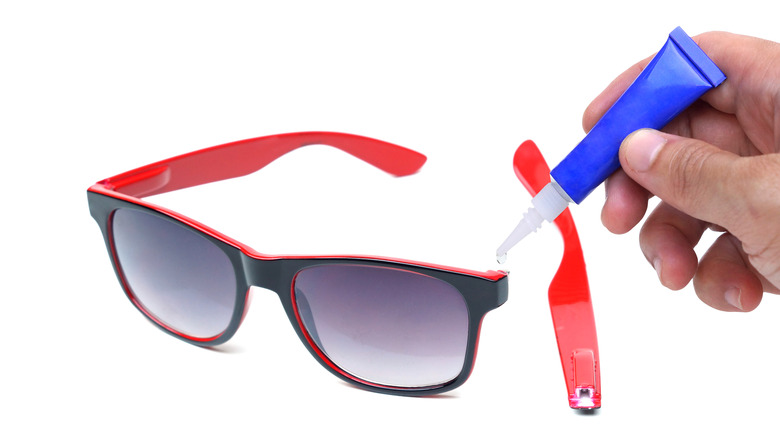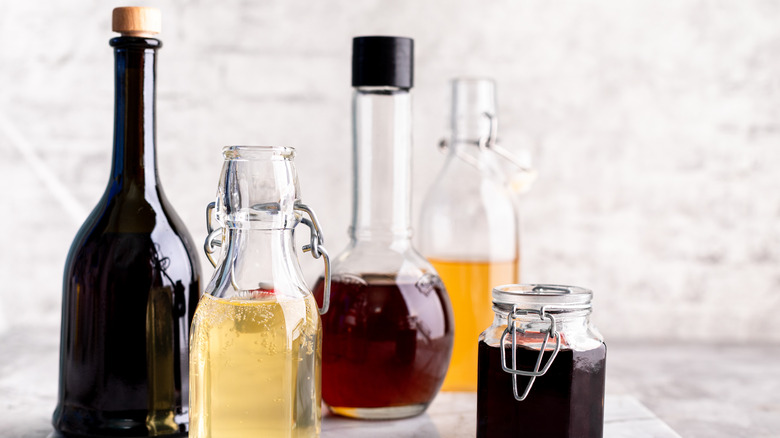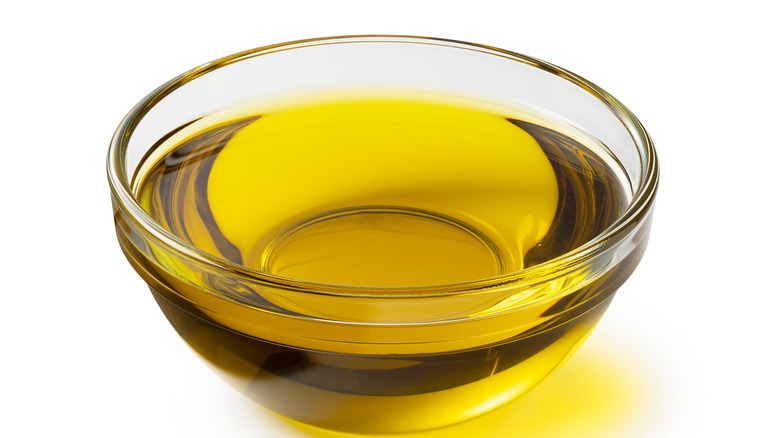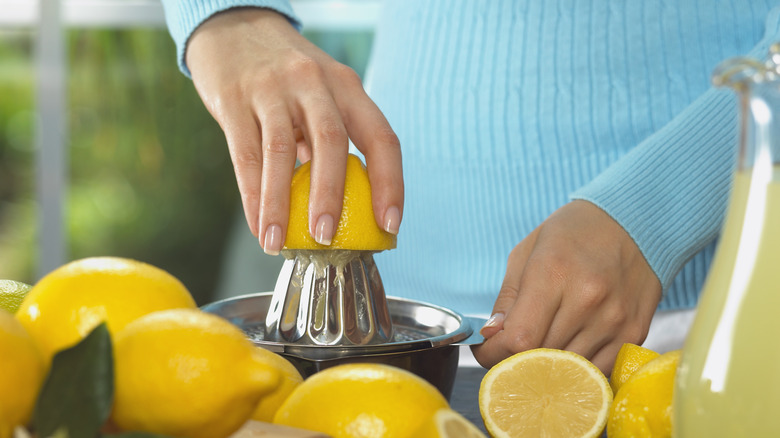12 Super Glue Removal Hacks You Probably Haven't Thought Of Before
Super glue! Without it, modern life would come unstuck in a big way. Our shelves would be full of chipped ornaments, our cupboards full of cracked crockery, and all sorts of crafts and quick DIY fixes would be much more tedious and time-consuming. Super glue is not like your standard and everyday glue. It wears a cape and waits patiently in the back of kitchen cupboards and drawers to help out when things get tough. Its bond is unbreakable and steadfast, and it can breathe new life into everything from damaged trainers, to cherished tools, to porcelain pigs.
Super glue is strong stuff and is specifically engineered to form an instant bond with metal, wood, ceramic, stone, plastic, glass, paper, and a host of other materials. Yet its very durability also poses its greatest threat when things go wrong. Who among us hasn't accidentally experienced a surge of white-hot panic when we've realized we've glued our finger to our thumb in a moment of DIY recklessness? Or perhaps you've been too liberal with the strong stuff when attempting to fix the ears back on that beloved china bunny ornament, and now it's everywhere. Never fear; we're to help with a list of handy hacks to remove super glue effectively and safely.
A short history of super glue
It's difficult to imagine life without super glue. It sometimes seems this little tube of wonder has always been with us. However, it is a relatively new phenomenon, and there are still people alive today who were born into a pre-super glue era. Its origins are not widely known but, like the microwave, it was created during World War II. When Eastman Kodak employee, Dr. Harry Wesley Coover was tasked with creating plastic gun sights in 1942, he made a compound named cyanoacrylate. However, the substance was far too dangerous to be put anywhere near the human eye, and Coover shelved the idea.
Not one to let the sun set on a good idea, Coover took out a patent on his compound in the 1950s and rebranded it as "Eastman 910." The miracle substance caught on, but the name didn't, and it was later rebranded as super glue. Although it wasn't used during World War II, super glue proved its weight in gold throughout the Vietnam conflict, where it was used as a makeshift remedy in the field to stop potentially fatal bleeding. It was sprayed on a wound until doctors could get the patient to a hospital. Since then, the Food and Drug Administration has approved a derivative of cyanoacrylate for a liquid bandage. Yet its more common use is that of the beloved household adhesive.
Use a little petroleum jelly when you're stuck
Although it's never a sensible idea to apply super glue to your skin, accidents happen, and the next time you're stuck in something of a bind, reach for the petroleum jelly. Although soap and warm water is an excellent go-to solution when things first get sticky, petroleum jelly is best when the glue hardens. "The oil breaks down the cyanoacrylate bond," dermatologist John Anthony MD told Cleveland Clinic. It's recommended to massage the jelly into the skin until you can gently pry the affected area apart.
Unlike acetone-based products, petroleum jelly can also be applied to any area where the skin has broken. Dr. Anthony explains that patience is a virtue with super glue, "Don't try to pull the skin off forcefully or pick at it. You could injure the skin and end up with a painful blister. And don't use sharp objects like razors, nails, or knives." He also advises against using abrasive materials such as pumice stone. Once you're unstuck, you can leave the remainder of the super glue on your skin, as it will naturally shed within a few days. Plus, applying a little petroleum jelly to the glue nozzle before securing the cap will also stop it from gluing itself shut over time.
Use acetone to remove it from clothes
Although acetone-based products such as nail polish remover are an effective solution for super glue removal, they can damage, dry, crack, and irritate the skin. Yet when it comes to removing the sticky substance from your clothes, you don't have to worry about that. Accidentally getting super glue on your favorite designer dress, silky shirt, breezy blouse, or darling denim is a nightmare without equal. Yet before you erupt into panic, take a beat and reach for the nail polish remover. With a little bit of acetone, a scraping tool, and some good old-fashioned elbow grease, your damaged garments will be as good as new.
Scrape off the worst of the glue with a blunt tool like a spoon, and then apply a little drop of acetone to the garment to see if it is detrimental to the color. If all bodes well, use a cotton ball soaked with acetone to the damaged area, then pop it in the washing machine. And hey, presto! When the spin cycle is complete, all traces of the super glue should have disappeared.
Try a little salt and water to ease a sticky situation
Sometimes in life, the most effective solutions are the most simple. When super glue creates a mess on your hands, sometimes there's nothing better than a bit of table salt and water to save the day. Simply add a couple of tablespoons of salt to the palm of your hand. Add a little warm water, and stir with your finger until a salty paste substance is formed.
When the consistency is right, rub the paste into the affected area, applying a gentle but firm pressure. The salt should act as an abrasive against the glue, causing it to fragment and break away. After about a minute of vigorous rubbing, it's time to rinse. If the water doesn't wash away the remaining glue, repeat the process until your hands are clean and sticky-free. After washing your skin with salt, applying some moisturizer may be a good idea to prevent your hands from turning into dry and cracked talons.
A razor blade is a sharp tip to remove super glue from glass
Super glue has a nasty habit of sticking to the most unlikely surfaces and treasured ornaments. It's the nature of the beast. Yet when your best crystal or Victorian shot glass gets covered with a thick layer of the sticky stuff, get a razor blade and get even. Before you begin the process of scratching away at the super glue like a person possessed, it's always wise to apply a little acetone to the hardened glue. Otherwise, you risk damaging your glassware. First, take a swab of nail polish remover and dab it on the glass to ensure it doesn't discolor the piece. If it doesn't, you can soak a paper towel in acetone and press it over the glue for a few minutes.
Use the razor blade to gently peel away the glue that by now should have softened. If the edges are still hard, apply a little more acetone and go again. Never force the process because accidents can happen when dealing with razor blades and glass. Slowly chip away at it, and your glass will go back to looking brand new again.
Break the bonds that bind with some good old-fashioned rubbing alcohol
Another handy hack to bear in mind when you accidentally get super glue on your skin involves alcohol. Not the drinking sort to make you forget about your current predicament, but the rubbing kind that can effortlessly break the bonds that bind. Before you crack open the rubbing alcohol, it's advisable to wet your hands in a bowl of warm soapy water to soften the glue. Five minutes or so should do it, and then it's time to get serious.
Place a cotton swab in a solution of rubbing alcohol and apply the tip to the affected area. As you slowly rub, the alcohol should work its magic, and the super glue should gradually dissolve or start shedding. When the job is done, clean your hands with regular soap and water to remove any glue or alcohol residue, and you're good to go.
Declare war with some WD-40
WD-40 is one of those invaluable go-to items that households across the world can call on in an emergency. The little blue and yellow can of "secret sauce" can be used for everything from lubricating squeaky door hinges, to keeping your tools rust-free, to softening paintbrushes. It also can help remove super glue from all sorts of surfaces, including wood and walls. The process is as simple as it is effective. Here's the lowdown.
Spray the offending glob of super glue with a bit of WD-40, and wait for one red hot minute before wiping the area with a damp cloth. You'll be pleasantly surprised how effortlessly the remaining superglue dissolves. And it's not just super glue. WD-40 is a godsend when it comes to removing any strong adhesives from surfaces, so it's always a good idea to have a handy bottle or two stashed away in your kitchen cupboard.
A little peanut butter can work magic
Peanut butter doesn't just taste nice in sandwiches. The thick and gooey spread also has another use – super glue removal! Molly Maid President Vera Peterson told PopSugar that if you accidentally get a little super glue on an item made of plastic, such as an original rocket-firing Bobba Fett toy from the 1980s, then that jar of peanut butter could be your knight on a white horse. "Try a little peanut butter on the spot, and let it remain long enough to soften the residue," explained Peterson. "Clean up the glue and the peanut butter using a clean rag. Mayonnaise, rapeseed oil, and other cooking oils could work if you don't have any peanut butter on hand."
Peanut butter's natural oils help break down the cyanoacrylates in super glue. The proteins help weaken the bond the glue forms with a surface, and the tiny nut particles have an abrasive effect and can help quicken the process.
Sandpaper will work wonders to remove super glue from furniture
Although it can be as abrasive, coarse, and cutting as a comedian on a roll, sandpaper's rough edges are handy when stripping and removing super glue from furniture, particularly tables. Because table tops lend themselves naturally to all manners of household arts and crafts, they are also easy targets for all manners of scratches, paint spillages, and accidents involving super glue. However, a steady application of sandpaper could be your ticket to restoring your furniture.
Both acetone and sandpaper are viable hacks to remove super glue from your wooden furniture, but they can be detrimental to the finish of your wood if adequate care is not taken during the process. It's recommended that before you begin, you protect the areas immediately surrounding the affected area with masking tape so you don't sand more than you need to. Using 600-grit sandpaper, gently sand the superglue until the surface has a level finish. Using 1200-grit sandpaper, wipe away any super glue residue, and shine the wood back to its original luster with some furniture polish.
Use toothpaste to remove it from your glasses
Getting superglue on your glasses may not sound like a common occurrence, but trust us, it does happen, and it's usually when you're trying to fix some broken frames. The good news is that when you get super glue on your lenses, there's a simple hack involving something readily available in most people's houses — toothpaste. Toothpaste contains both calcium and phosphate, making it a no-brainer when it comes to breaking down the properties that make super glue so damned sticky.
As something we rub into our mouth daily, toothpaste is also non-toxic, which makes it extremely safe to use. To begin at the beginning, apply a liberal amount of toothpaste to the area of your spectacles that have super glue. Be careful, though — you don't want to scratch them. Leave for half-an-hour, while you do something adventurous, such as play the violin for the neighborhood cats, or make a life-size unicorn out of Lego, and then wash off the toothpaste with some warm water. Repeat and rinse until all super glue has vanished like a nightmare at the break of dawn.
Utilize the hidden power of vinegar
Vinegar is one of mother nature's secret weapons. Not only have we been using it for thousands of years to cook, preserve foods, and clean surfaces, but it's also a tried and tested hack for super glue removal. Many people use white distilled vinegar to scrub their houses, and if you have a handy bottle lying around, then it's a great natural substance to remove superglue from metal, plastic, and glass surfaces.
All you have to do is apply the vinegar with a cloth or cotton ball, and in a matter of minutes, you can peel the superglue off like an old sticker. Mix a bit of baking soda with the vinegar for a bubbly reaction that'll keep you entertained and help boost its dissolving power. Kosher salt also works well with vinegar if you need to get a little abrasive with the super glue.
Add a little oil when things get sticky
Oil isn't just great for frying things in batter. Its fat-filled nature makes it the perfect solution for breaking down the cyanoacrylate compounds in super glue, and it comes to the rescue when things get a little sticky. Vegetable oil and olive oil are reliable veterans when chipping away at super glue's determined grip. You can even use oil-containing substances such as mayonnaise if you're in a pickle and have no pure oil at hand.
Oils are a particularly good hack when you get super glue on your skin, but be warned that while oil will work well, you'll need to play the waiting game. It takes a while to break down the glue's bonds. Apply the helpful grease to your skin slowly before you wash it off with soap and warm water. You may need to repeat the procedure numerous times before you get the desired results. It may not have speed on its side, but as a natural and healthy hack, you can't beat a little oil.
Lemons are your friend when it comes to super glue removal
When life gives you lemons, make a glue dissolver! When you get super glue on your clothes, furniture, or carpets, lemon can help. Super glue on your textiles is never a pleasant experience, but you'll make a bad situation worse if you use a hack like oil on your fabrics. Likewise, vinegar can soak into any porous material and leave it smelling like someone's knocked over a jar of pickled onions. So take a lemon to your upholstery when its integrity is threatened by the insidious menace of super glue.
The citric acid in lemons is no friend of super glue and will smash into its cyanoacrylate compounds, loosening its hold. Obviously, you can't just throw lemons at the problem and hope it'll vanish. You need to squeeze one of those fruity bad boys first until you have the necessary juice in a bowl. Arm yourself with a toothbrush and scrub the offending stain with a little lemon juice. You may find it helps to listen to Led Zeppelin's "The Lemon Song" at the same time. This of course is a personal choice. Once all super glue has been obliterated like a bad night's sleep in the face of three double expressos, clean the fabric with a little soap and water to keep the stains at bay.
